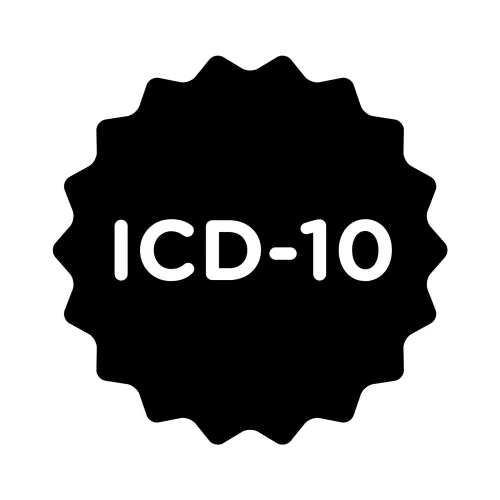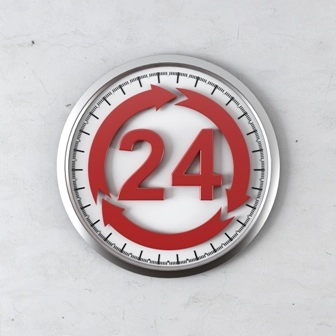Otolaryngology Coding Alert
NCCI:
Navigate Through This Crash Course on NCCI PTP Guidelines
Published on Wed Feb 12, 2020

You’ve reached your limit of free articles. Already a subscriber? Log in.
Not a subscriber? Subscribe today to continue reading this article. Plus, you’ll get:
- Simple explanations of current healthcare regulations and payer programs
- Real-world reporting scenarios solved by our expert coders
- Industry news, such as MAC and RAC activities, the OIG Work Plan, and CERT reports
- Instant access to every article ever published in Revenue Cycle Insider
- 6 annual AAPC-approved CEUs
- The latest updates for CPT®, ICD-10-CM, HCPCS Level II, NCCI edits, modifiers, compliance, technology, practice management, and more
Related Articles
Other Articles in this issue of
Otolaryngology Coding Alert
- Unlisted Procedures:
Code Unlisted Sialendoscopy Procedures Confidently With These Tips
Work your way through two examples to drive the point home. While submitting to the [...] - E/M 2021:
Test Your E/M 2021 Knowledge Base With These T/F Questions
Track the changes from the 2019 Final Rule to the 2020 Final Rule. With the [...] - NCCI:
Navigate Through This Crash Course on NCCI PTP Guidelines
Get answers to some of the most pressing NCCI-oriented questions. You can never be too [...] - You Be the Coder:
Work Backward Through Global Periods for Denials Due to Mod 79
Question: A patient had a septoplasty and a submucosal inferior turbinate reduction. One month later, [...] - Reader Question:
Appeal Adenoidal Regrowth Removal, Tonsillectomy Using 42820
Question: We’ve received a denial for a surgery on a patient younger than 12 involving [...] - Reader Question:
Consider Pharyngeal Flap Creation a Once in a Lifetime Procedure
Question: I’m working on an operative note that involves the surgeon performing a partial flap [...] - Reader Question:
Use Modifier 50 Over LT/RT with an MUE of 1
Question: Why might I be receiving a denial for frequency when submitting 30140 with modifiers [...]
View All




